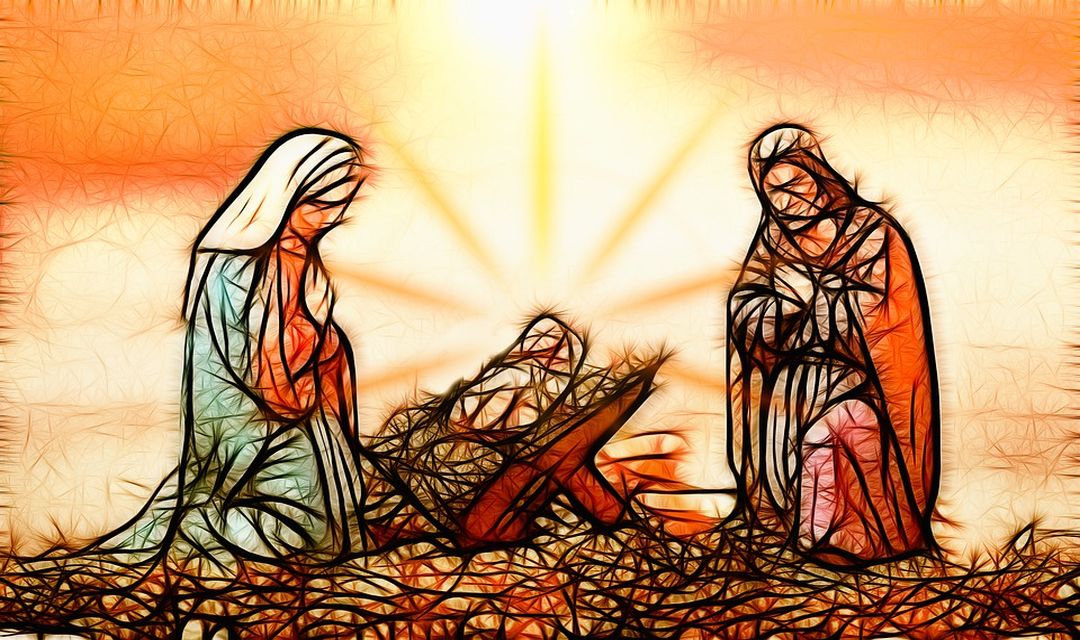By Hank Hanegraaff
At first blush the genealogies of Matthew and Luke appear to be contradictory. In reality, the genealogies are ingeniously constructed to highlight different aspects of the Person and work of Jesus Christ.
Matthew, writing to a primarily Jewish audience, emphasized that Jesus Christ is the seed of Abraham and the legal heir of David, the long-awaited King of Israel who would ultimately restore His people from exile. As such, Matthew recorded four- teen generations from Abraham to David, fourteen from David to the exile, and fourteen from the exile to the Christ (Matthew 1:17). Matthew, a former tax collector, skillfully organized the genealogy of Jesus into three groups of fourteen, the numerical equivalent of the Hebrew letters in King David’s name (4+6+4 = s + u + s). Thus, Matthew’s genealogy simultaneously highlighted the most significant names in the lineage of Jesus and artistically emphasized our Lord’s identity as Messiah who would forever sit upon the throne of David.
Furthermore, Luke, writing to a primarily Gentile audience, extended his genealogy past Abraham to the first Adam, thus highlighting that Christ, the Second Adam, is the Savior of all humanity. Additionally, calling Adam “the son of God” (3:38) and strategically placing the genealogy between Jesus’ baptism and the desert temptation, Luke masterfully revealed Jesus as Theanthropos, the God-man. It is also instructive to note that while Luke’s genealogy stretches from the first Adam to the Second, only mountain peaks in the lineage are accounted for. Thus, it is impossible to determine how many years elapsed between the creation of Adam and the birth of Jesus.
Finally, just as there are different emphases in the genealogies, so, too, there are different explanations for their dissimilarities. Matthew traced his genealogy through David’s son Solomon, while Luke traced his genealogy through David’s son Nathan. It may be that Matthew’s purpose was to provide the legal lineage from Solomon through Joseph, while Luke’s purpose was to provide the natural lineage from Nathan through Mary. It could also be that Matthew and Luke were both tracing Joseph’s genealogy: Matthew, the legal line, and Luke, the natural line. As such, the legal line diverges from the natural in that Levirate law stipulated if a man died without an heir, his genealogy could legally continue through his brother (Deuteronomy 25:5–6). Obviously, the fact that there are a number of ways to resolve dissimilarities rules out the notion that the genealogies of Jesus in Matthew and Luke are contradictory.
***Note the preceding text is adapted from The Complete Bible Answer Book: Collector’s Edition: Revised and Expanded (2024). To receive for your partnering gift please click here. ***
